Many indoor plants can be called fighters, because they have to exist not only in a limited space, but also with a constant lack of light. This is especially true of seedlings, the growth of which occurs at that time of the year when the length of daylight hours is practically minimal and is just beginning to increase.
Plants need sunlight for the vital process of photosynthesis, which results in the production of starch, sugars and other substances necessary for development. If there is little light, then the plant develops sluggishly, becoming, moreover, significantly susceptible to diseases and pests. This cannot suit the gardener, whose goal is to obtain strong and viable seedlings that can give a good harvest.
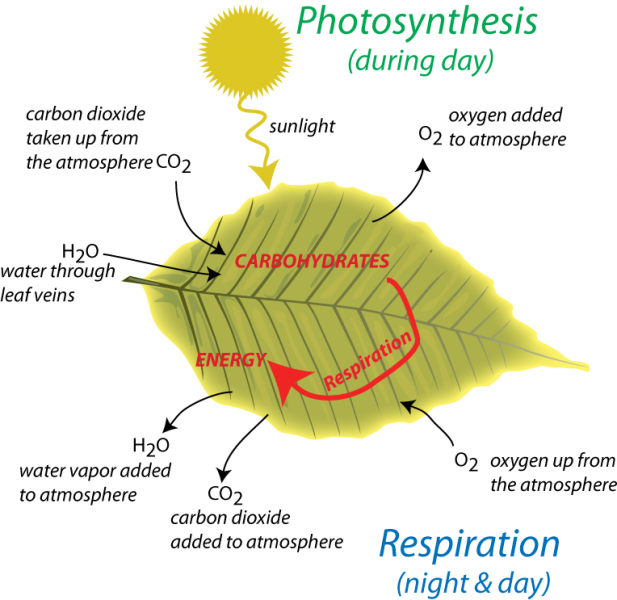
Photosynthesis
In order not to be at the planting pore with elongated pale sprouts, it is important to think about the organization of the backlight system even before sowing the seeds. Fortunately, today's technology and a variety of lamps for illuminating seedlings allow this idea to be implemented in several ways.
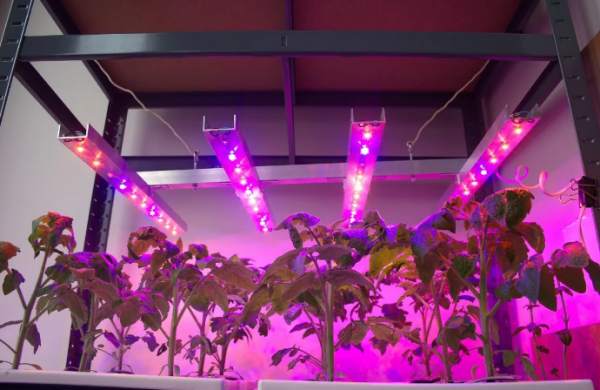
ndoor Plant Seedling Grow Lights
Features of seedling lighting
Natural sunlight, the most familiar to all life on the planet, combines light waves of different lengths. Part of the spectrum is visible to the human eye, some is not, but all this diversity is important for plants, and waves of different lengths play different roles in different segments of the life of seedlings.
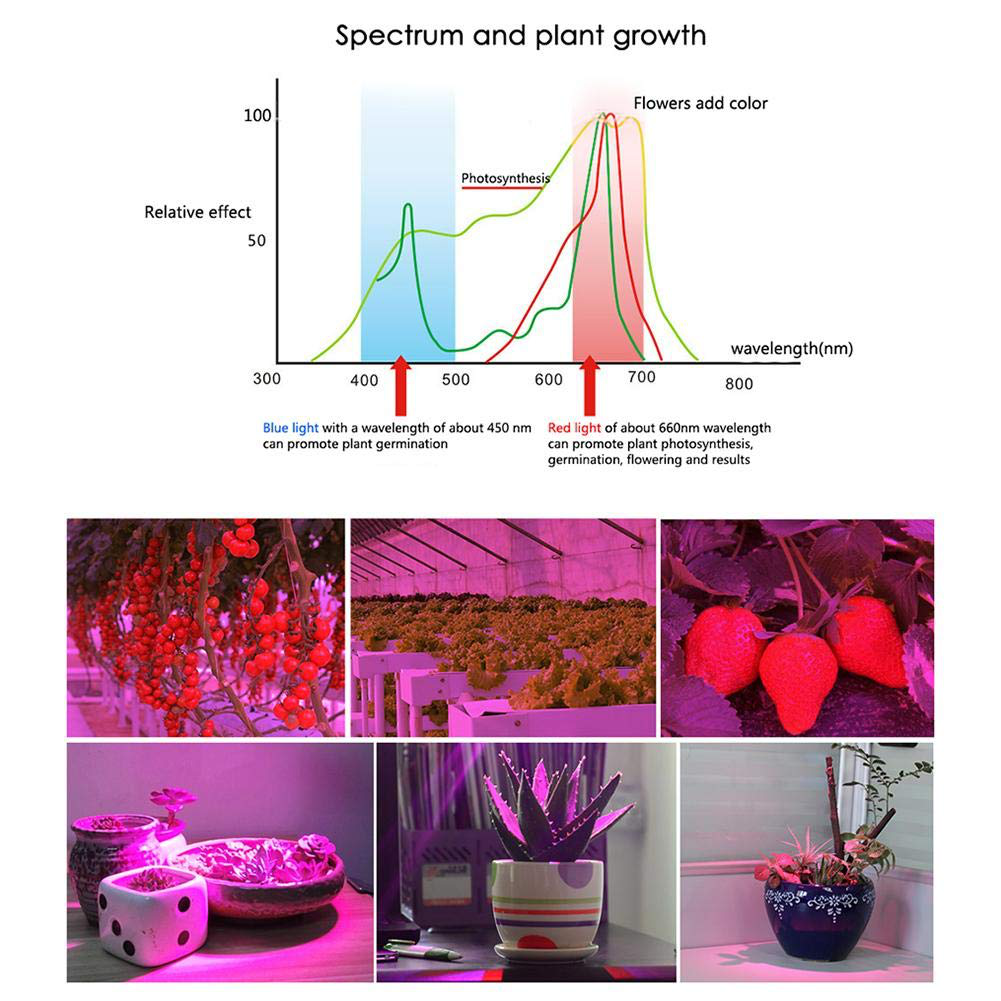
Features of lighting
1.The blue and red part of the spectrum helps the active production of chlorophyll, and the plant, receiving such light, develops faster, which is important for seedlings.
2.The orange portion of the spectrum is also required for growth in room conditions and also promotes fruiting.
3.Green, like yellow light, reflects off foliage and may not greatly affect its growth, but as part of natural light, it is necessary.
4.Ultraviolet light, which is in the invisible part of the spectrum, helps fight disease-causing bacteria, fungi and other plant diseases, but in large quantities, ultraviolet light can do more harm than good.
5.Infrared radiation is well received by seedlings, helps them grow and form lush greenery, but it gives more heat instead of light, so it is not always beneficial.
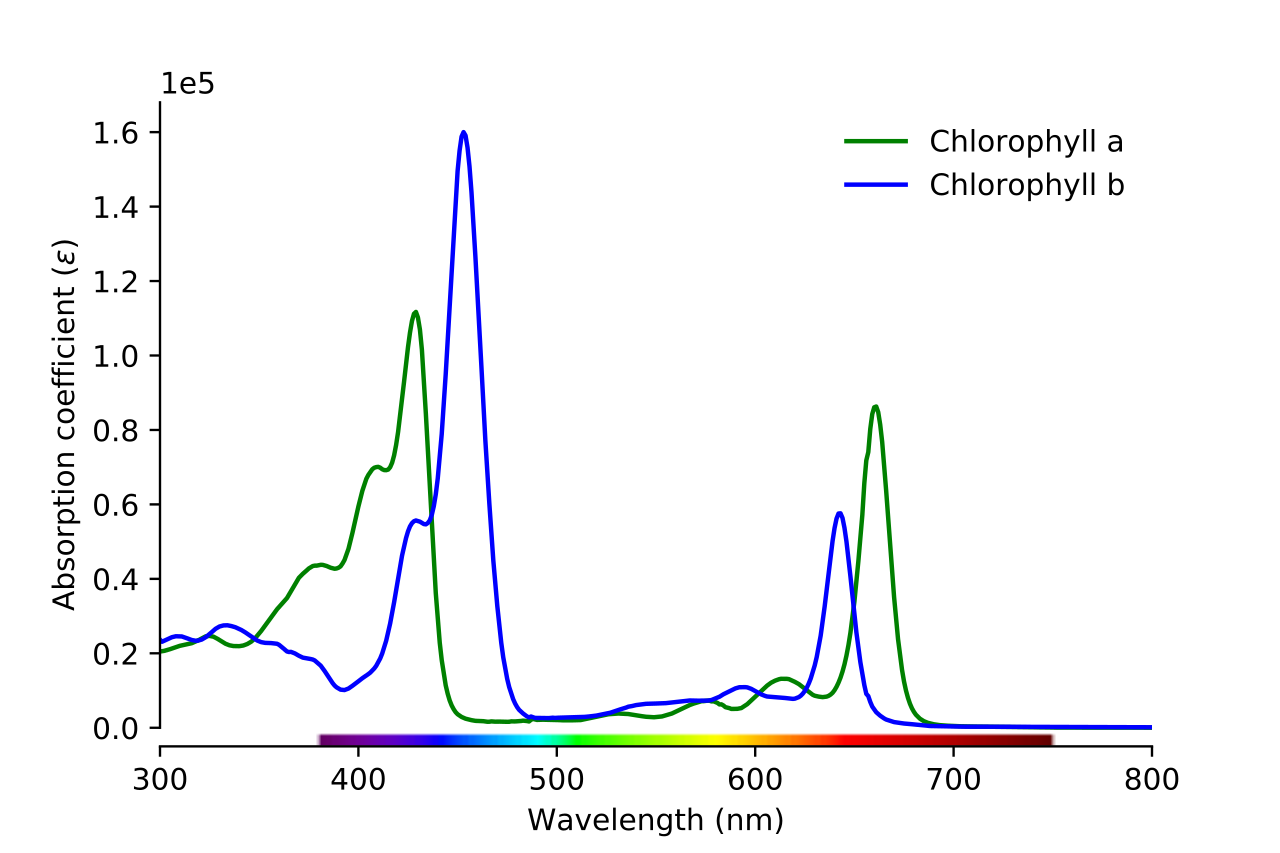
Chlorophyll activity
Absorption and action spectrum for photosynthesis
Which seedling lamps are best?
Artificial lighting provided by lamps cannot exactly copy sunlight, but it is quite capable of providing the proper conditions for the rapid growth of any type of seedling.
Moreover, thanks to the lamps for illuminating seedlings, it became possible to make the growing season of many plants year-round, to get several harvests and grow plants where it was simply impossible before, for example, in the polar night or in rooms without windows.
However, not all artificial light sources can give such an effect.
For example, the most common incandescent lamps so far are unsuitable for the reason that only 5% of the consumed energy becomes light in such lamps, the rest is converted into heat. Plants under such a lamp are not illuminated, but heated, which leads to thin, elongated sprouts, which risk getting burns.
Specialized lamps for illuminating seedlings should provide their wards with a certain spectrum of radiation, allowing plants to quickly get under way and, in not the most comfortable conditions, reach sizes sufficient for planting in the ground. In addition, these light sources are more economical and generate less heat.
Sodium lamps for illumination of seedlings
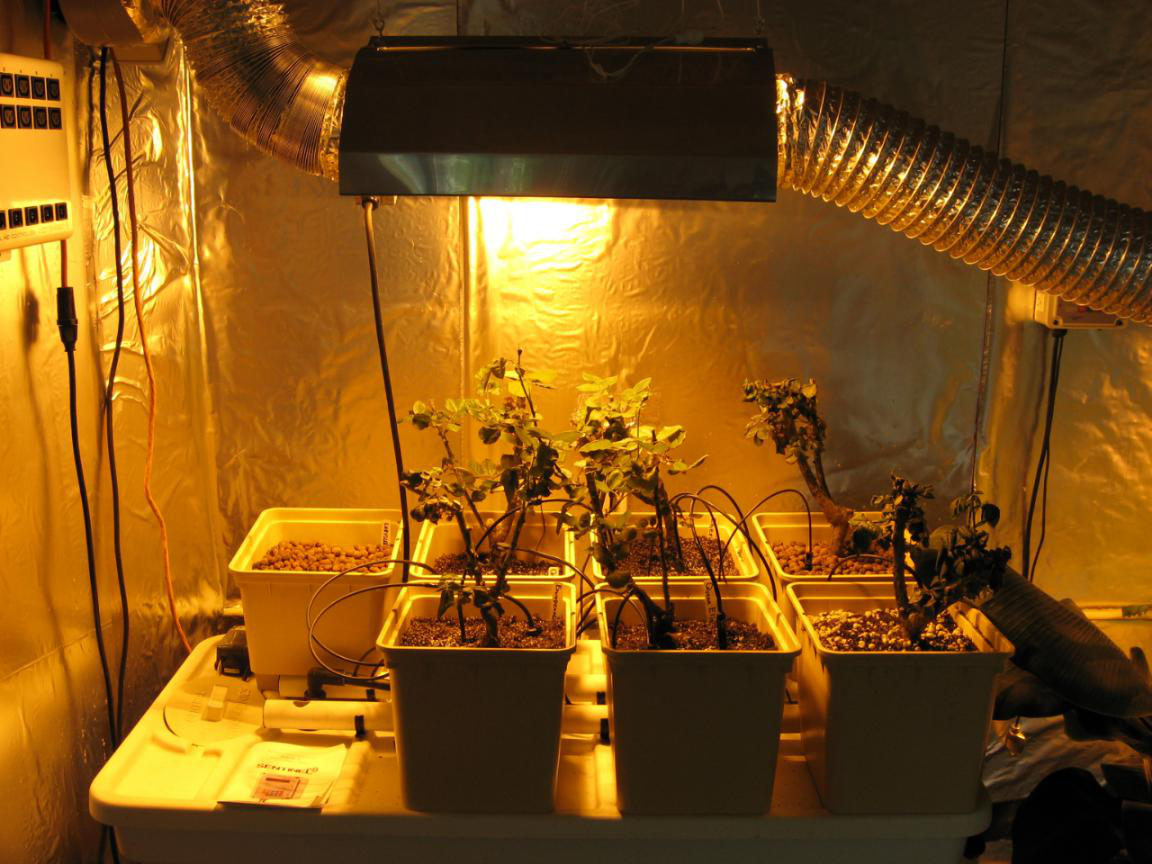
Sodium lamps
These gas-discharge lamps provide warm orange light that does not irritate the human eyes, so they can be used not only in greenhouses, but also in residential premises. In addition to Reflax, there are other reliable manufacturers, for example, General Electric, no less famous OSRAM or Philips. The main consumer of these seedling agrolamps is large and small greenhouses. But for home conditions, there are samples up to 100 watts.
Reflax lamps of the DNaZ brand are equipped with a factory mirror reflector and can be considered the best option among analogues. The reflector amplifies the light output and directs all the light onto the plants. And for high-quality illumination for one and a half meters of the windowsill, one 70 W gas-discharge light source is enough.
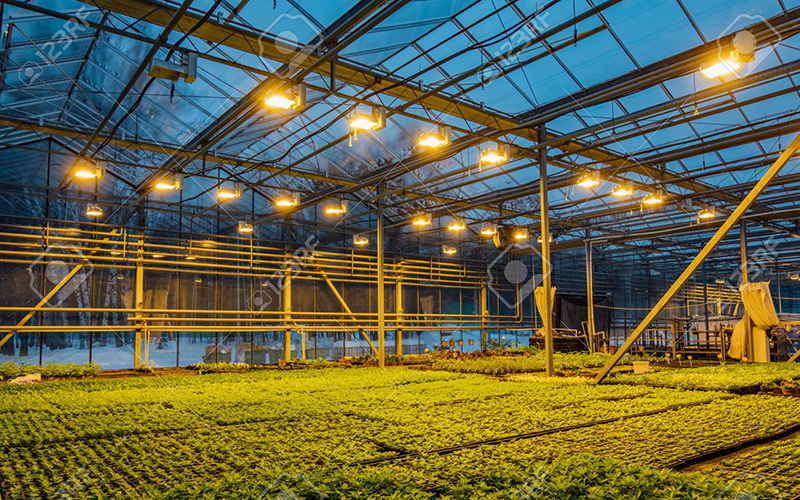
Sodium agrolamps for HPS seedlings do not have a mirror reflector, so 70 W lamps will have to be placed on one for each meter.
But the sources of the DRiZ brand are best combined with DNaZ and DnT lamps. This will give you the most natural light spectrum.
Advantages of domestic Reflax sodium lamps:
Highest efficiency of the backlight system;
Long service life;
Profitability.
Disadvantages:
High price of light sources;
Large sizes of the lamps themselves;
Lack of blue wavelengths;
The need to equip the system with a regulating device.
Photoluminescent lamps
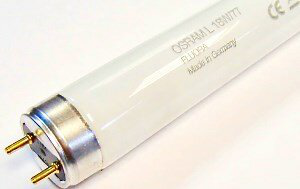
Today you can find a lot of varieties of special fluorescent lamps for illuminating seedlings:
1. The most famous are “Fluora” phytolamps manufactured by Osram. One or two 18 W lamps are sufficient to illuminate a shelf with seedlings per meter.
2. Russian phytolamps marked LFU-30 have a power of 30 W and can be used one per meter of windowsill.
3. Enrich phytolamps with a specular reflector and a power of 60 W are almost non-irritating to the eyes, but they generate a lot of heat and are short-lived.
4. Phytolamps for additional illumination of seedlings from Paulmann of various, from 40 to 100 W, powers almost do not heat up and have a long service life.
The advantages of phytolamps:
1. Profitability;
2. Small size;
3. Durability;
4. Safety.
The disadvantage of the Flora lamp for seedlings from Osram and other representatives of similar light sources is that they all have a lilac-pink radiation that is unnatural for the human eye. Therefore, it is better to use them only with a screen or reflector separating the room from the location of the seedlings.
Fluorescent lamps
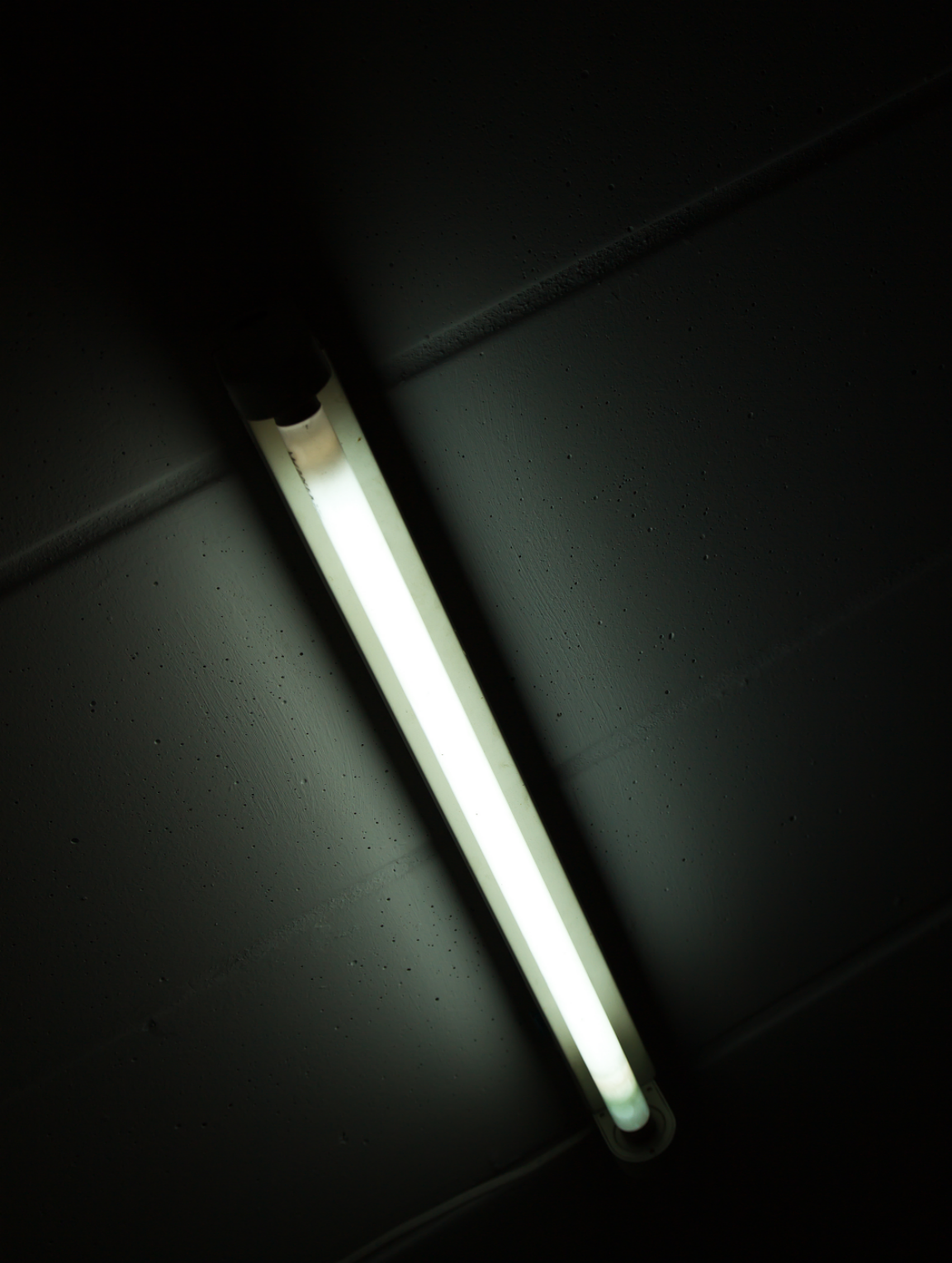
Household white fluorescent lamps can also be used for backlighting, however:
1. They are not overly powerful;
2. There are not enough waves in the red part of the spectrum in lighting.
To get a sufficient flow of light, the distance from the lamp to the seedling tray should be from 15 to 35 cm, and two lamps with a power of at least 40 W will have to be placed on the meter of the windowsill.
Seedling LED Grow Light
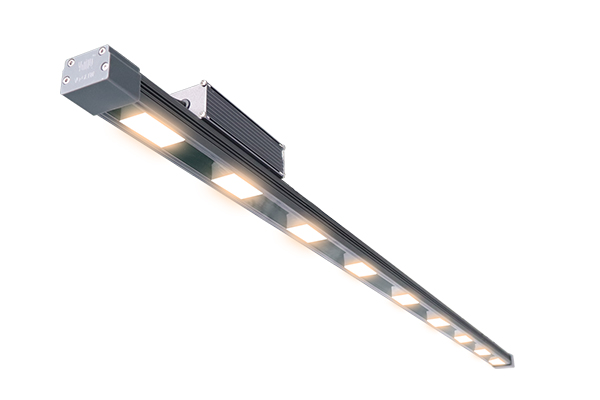
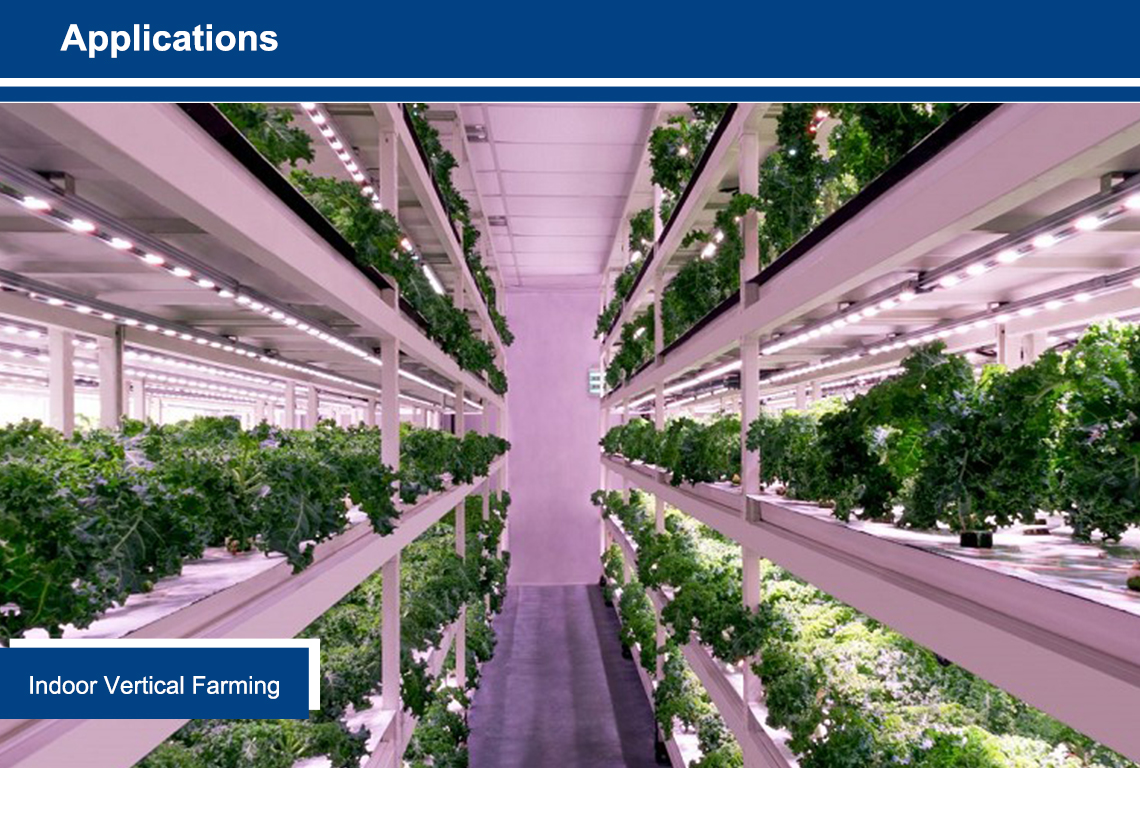
For plants, this option is probably one of the best. With a combination of LEDs giving white, red or blue light, you can get the best backlighting efficiency.
At the same time, LED lamps for growing seedlings have a high efficiency, are durable, and the spectrum of the entire system can be quite simply adjusted, given that the needs of seedlings change significantly as they grow.
1. Before picking the seedlings, the light emitted by the blue and red LEDs, set in a two to one ratio, is better perceived. The abundant blue here activates the growth of the root system, but slightly inhibits the extension of the ground part. The stem is strong with frequent internodes.
2. After the pick, it is better to reduce the light intensity for a few days in order to ensure a rest regime after a stressful transplant. Next, you need to illuminate the seedlings with blue and red LED lamps already in a 1 to 1 ratio.
The only disadvantage of LED lamps is the high cost of ready-made systems, which, when growing seedlings for personal needs, will pay off no earlier than a couple of seasons.
Induction technology
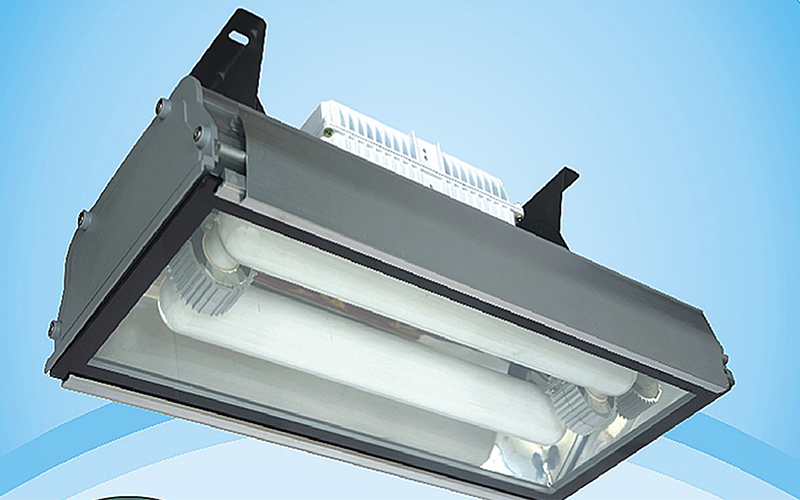
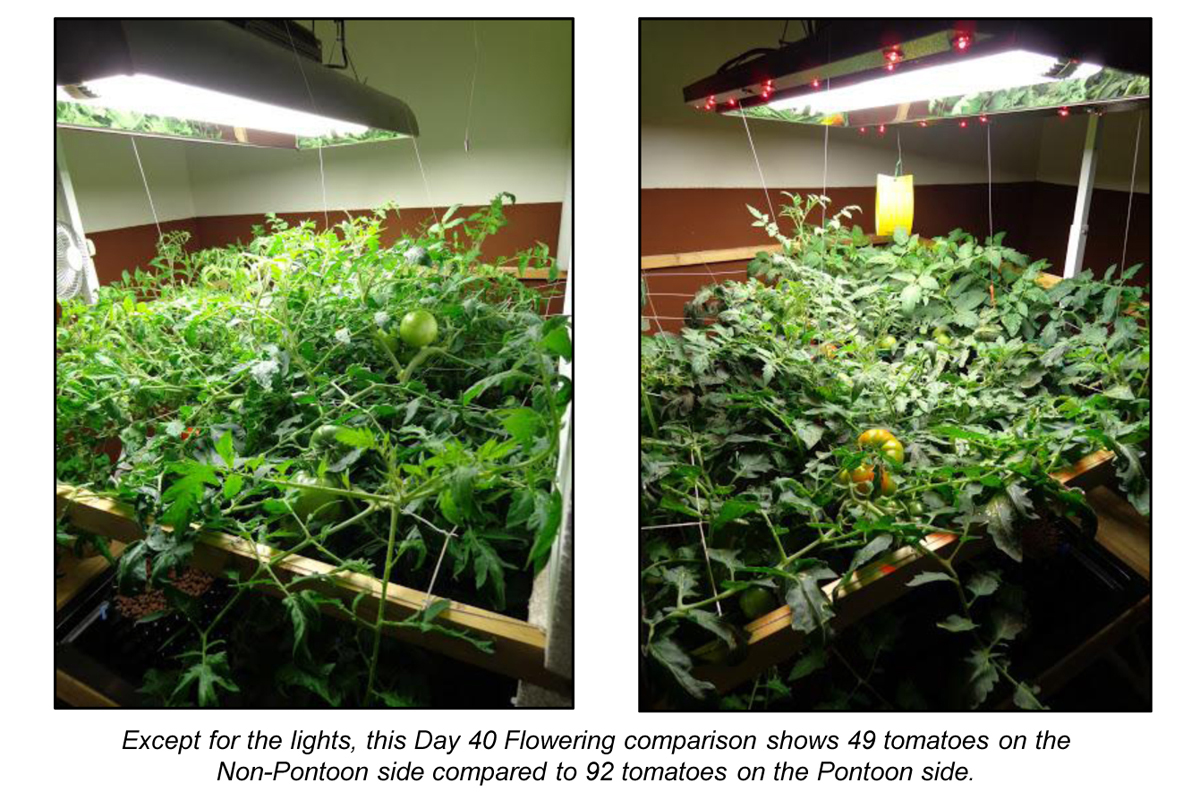
Asking which lamps are better for seedlings, you can consider an option that has appeared quite recently - these are induction lamps.
The most advanced can be considered bispectral light sources that generate radiation in two parts of the spectrum most demanded by plants.
Features of lamps:
1. High efficiency and cost-effectiveness;
2. Versatile spectrum;
3. The lamp temperature does not exceed 75 degrees.
Unfortunately, none of the artificial lighting sources can completely replace the sun, but phytolamps for supplementary lighting of seedlings really reduce the growth period of plants for planting in the ground. Their quality is improving, and the proportion of culled sprouts is sharply reduced.
Placing plant lamps
To increase the efficiency of the lighting, it is important to take into account the peculiarities of the placement of the lamps:
1. The higher the temperature of the operating lamp, the higher it should be placed above the trays.
2. At different stages of growth, plants require different illumination. For example, after sowing, the trays should be illuminated around the clock; in some cases, the color of the LEDs also changes.
3. For the greatest effect, lamps with different characteristics should be combined.
Reflectors, reflectors and light screens, which can be made on your own, will save energy.
Seed Starting Indoors Under Grow Lights























